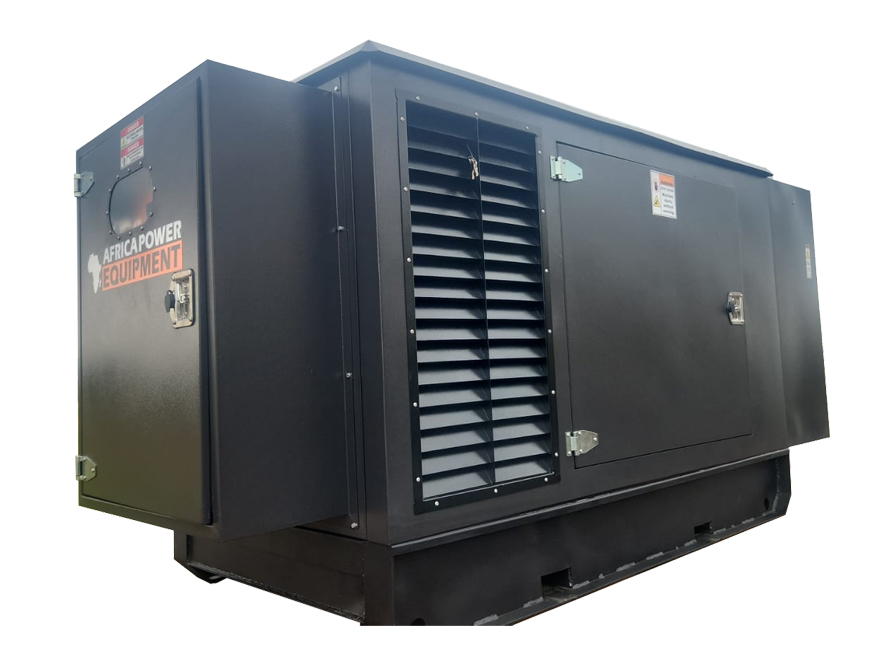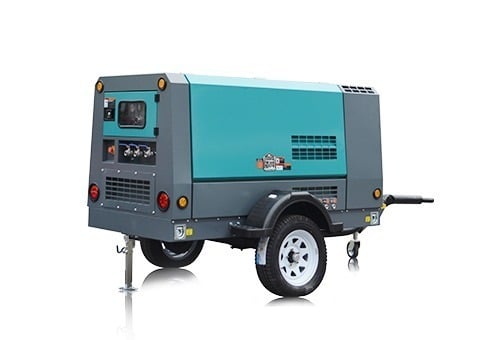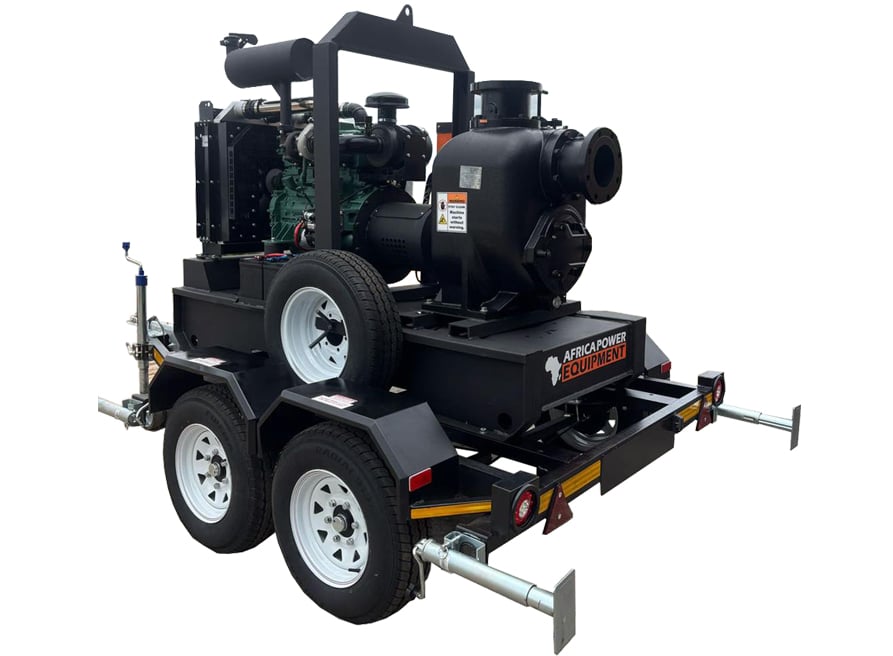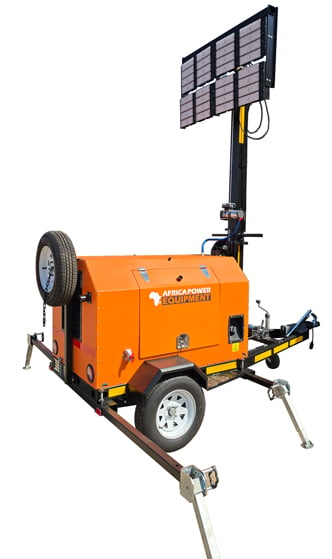Calculating the ROI of Solar Panel Installation in South Africa
Investing in a solar system is not just about going green — it’s a strategic financial decision. But before you commit to installing solar panels, it’s essential to understand how to calculate the return on investment (ROI) and determine whether it’s worth it in the long run.
This guide walks you through the key factors influencing ROI, how to calculate it accurately, and what South African homeowners and businesses should consider.
💡 What Is ROI in Solar?
Return on Investment (ROI) for solar refers to how long it takes to recover the initial cost of your solar system through savings on your electricity bills. After that break-even point, your solar power becomes essentially “free” — delivering ongoing savings for years.
🧮 Basic ROI Calculation Formula
Alternatively, to determine the payback period:
📊 Example ROI Calculation
Let’s say you install a residential solar PV system:
-
System Cost (incl. installation): R100,000
-
Annual Electricity Savings: R18,000
-
Estimated System Lifespan: 20–25 years
ROI:
(R18,000 / R100,000) × 100 = 18% per year
Payback Period:
R100,000 / R18,000 = 5.56 years
Result: After about 5.5 years, you’ll break even. Everything after that is profit — with an expected 15+ years of free electricity.
🔧 Factors That Influence ROI
1. Electricity Tariffs
South African electricity costs are among the highest in Africa and continue to rise. The more expensive your electricity, the greater your savings — and faster your ROI.
2. System Size
Larger systems cost more but also save more. ROI improves if your system closely matches your energy usage without overspending on capacity.
3. Usage Patterns
Maximizing your self-consumption during sunlight hours boosts ROI. For example:
-
Running appliances during the day
-
Using solar geysers
-
Charging batteries during the day for night use
4. Battery Storage
Batteries increase upfront costs but provide independence during load shedding. They lengthen the payback period slightly but add value in reliability.
5. Government Incentives (when available)
Occasional rebates or tax benefits — especially for businesses — can reduce system costs and accelerate ROI.
📉 ROI by System Type
| System Type | Typical Cost (R) | Annual Savings (R) | Payback Period | Notes |
|---|---|---|---|---|
| Grid-Tied (No Battery) | 80,000 – 120,000 | 12,000 – 20,000 | 4–6 years | Best ROI |
| Hybrid (With Battery) | 150,000 – 250,000 | 15,000 – 25,000 | 6–10 years | Backup during outages |
| Off-Grid | 250,000+ | 18,000 – 30,000 | 10–12 years | Full energy independence |
Tip: Hybrid systems are the most popular in South Africa due to load shedding concerns.
🔍 How to Improve Your Solar ROI
-
Right-Size the System: Avoid oversizing. Match your daily consumption needs.
-
Monitor and Adjust Usage: Use timers and smart plugs to run loads during the day.
-
Keep Panels Clean: Regular maintenance improves efficiency.
-
Choose Quality Equipment: Premium panels and inverters last longer and reduce breakdowns.
-
Shop Around for Installers: Get multiple quotes and check warranties.
📈 Long-Term Financial Benefits
-
Increased property value — homes with solar are more attractive to buyers.
-
Fixed energy costs — protect yourself from Eskom tariff hikes.
-
Low maintenance costs — especially with Tier 1 panels and lithium batteries.
Over 20 years, a solar system can easily save R400,000 or more, depending on system size and energy inflation rates.
🔗 Related Articles
✅ Final Thoughts
Solar installation is one of the smartest long-term investments for South African households. With the right system, you can recover your costs in as little as 4 to 6 years — and enjoy decades of free, clean energy thereafter.
Ready to see what your ROI could be? Request a custom solar quote today or contact our energy experts for a tailored assessment.





